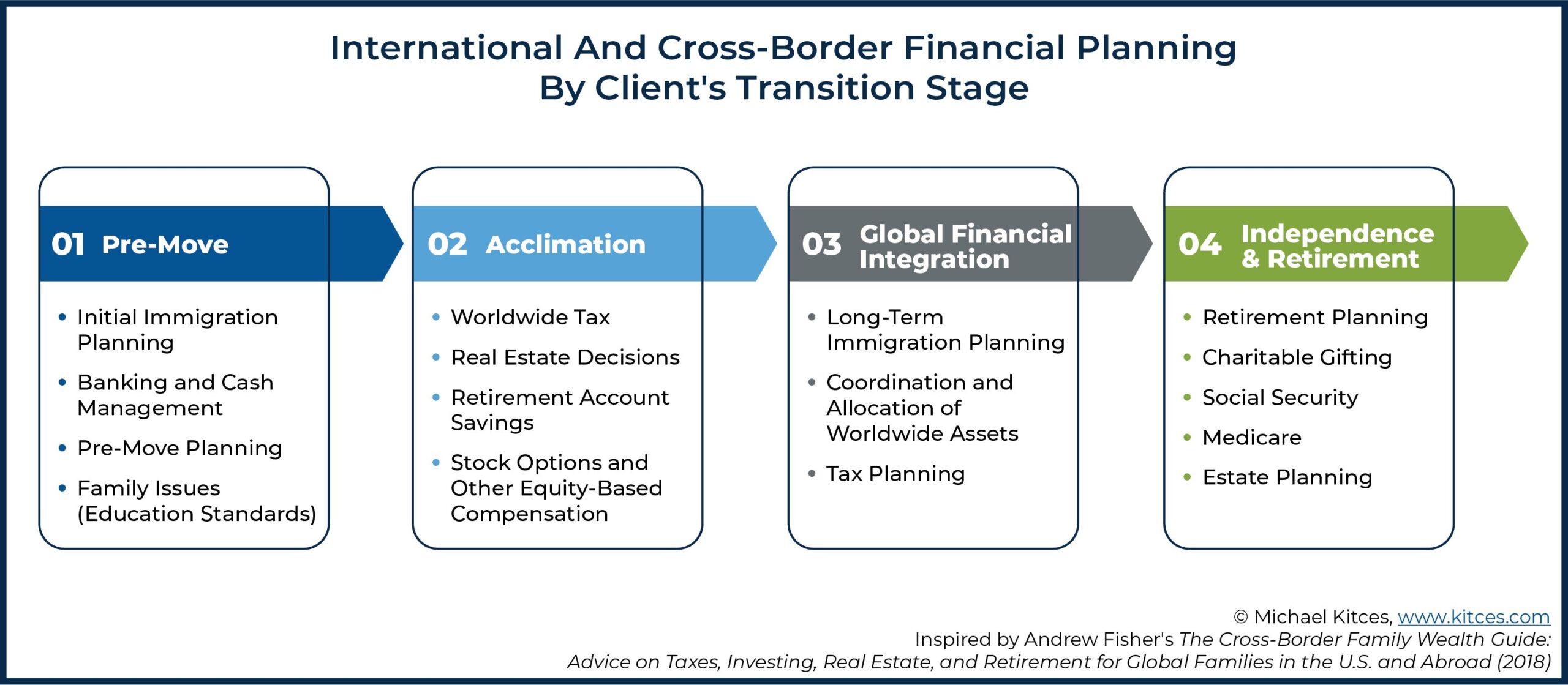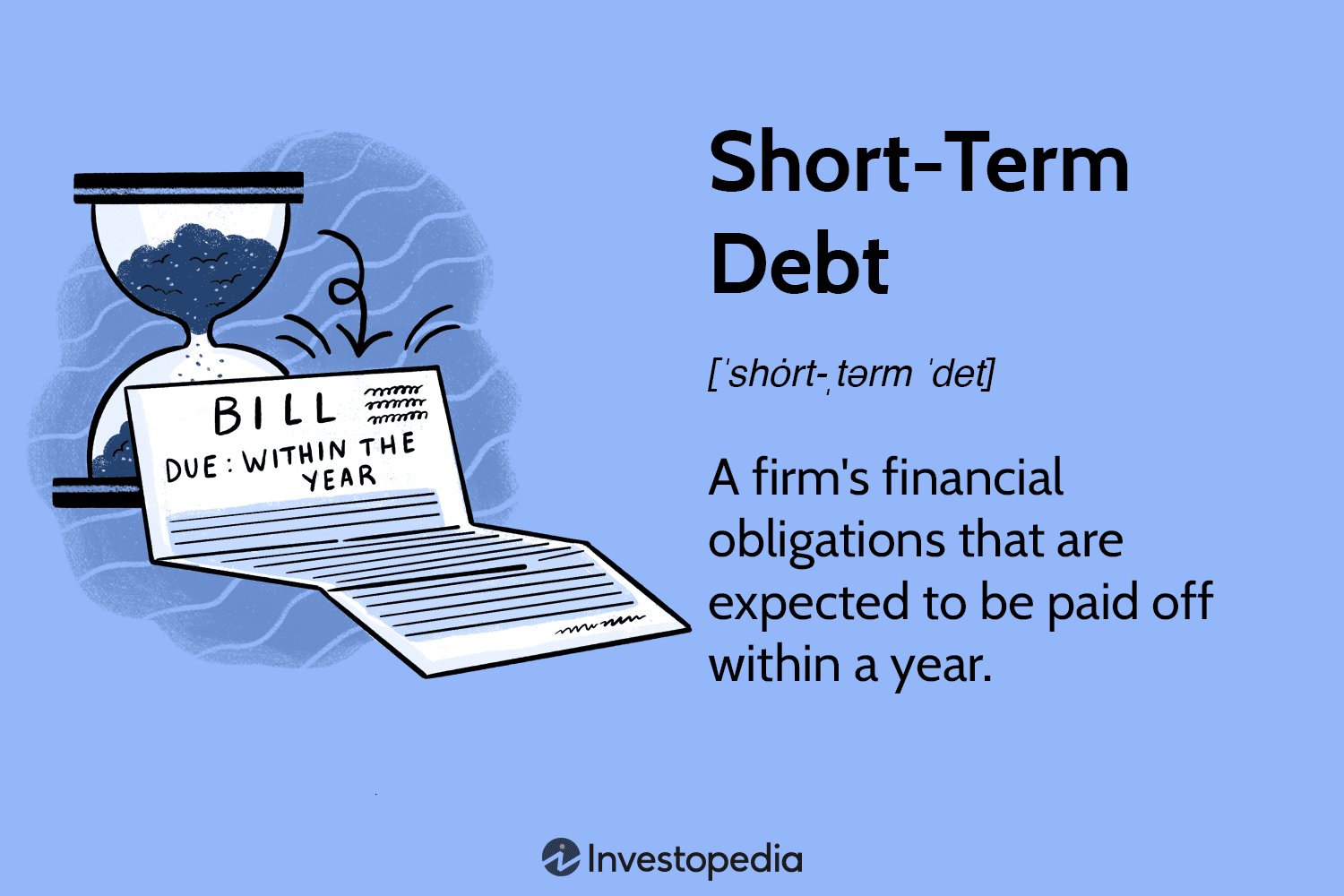Looking for practical ways to cut down on discretionary spending? Well, you’ve come to the right place! We all know how easy it is to get caught up in impulse purchases and unnecessary expenses. But fear not, because in this article, we will explore some simple yet effective strategies that can help you reign in your spending and save more money. So, whether you’re looking to tighten up your budget or simply want to have better control over your finances, these practical ways to cut down on discretionary spending will surely come in handy. Let’s get started, shall we?
Practical Ways to Cut Down on Discretionary Spending
Introduction
In today’s consumer-driven society, it’s easy to fall into the trap of overspending on non-essential items. Discretionary spending refers to the money we allocate for non-essential purchases, such as entertainment, dining out, or shopping sprees. While it’s important to enjoy life and treat yourself occasionally, excessive discretionary spending can lead to financial stress and hinder your ability to save for long-term goals. In this article, we will explore practical ways to cut down on discretionary spending without sacrificing happiness or depriving yourself of enjoyable experiences.
1. Establish a Budget
Creating a budget is the first step towards gaining control over your finances. It allows you to track your income, expenses, and savings goals. Start by listing your fixed expenses, such as rent or mortgage payments, utilities, and loan repayments. Then, analyze your discretionary spending habits by categorizing your non-essential expenses, such as dining out, hobbies, or entertainment. Set realistic limits for each category, ensuring that your total expenses do not exceed your income. Regularly review and adjust your budget as needed.
2. Differentiate Between Needs and Wants
One of the key strategies for cutting down on discretionary spending is to clearly distinguish between needs and wants. Needs are essential for survival and maintaining a basic standard of living, such as food, shelter, and healthcare. Wants, on the other hand, are desires that go beyond what is necessary. Before making a purchase, ask yourself if it is a genuine need or simply a want. This simple exercise can help you prioritize your spending and reduce impulsive purchases.
2.1 Prioritize Essential Spending
When evaluating your expenses, prioritize essential spending before allocating funds for discretionary purchases. Make sure you have enough for essentials like rent, groceries, and bills before indulging in non-essential items. By taking care of your needs first, you can feel more confident in managing your discretionary spending without overspending.
2.2 Delay Gratification
Delaying the gratification of purchasing non-essential items is an effective way to curb impulse spending. Whenever you feel the urge to buy something, practice the 24-hour rule. Wait for at least 24 hours before making the purchase. This waiting period allows you to reconsider and assess whether the item is truly necessary or if it was just a passing desire. Often, you’ll find that the impulse to purchase fades away, saving you from unnecessary expenses.
3. Track and Analyze Your Spending
To effectively cut down on discretionary spending, it’s important to understand your spending patterns and identify areas where you can make adjustments. Track all your expenses, either manually or using budgeting apps, and categorize them accordingly. Analyze your spending habits to identify areas where you tend to overspend and find alternatives or strategies to reduce those expenses. Regularly reviewing your spending habits will help you stay accountable and make necessary changes.
4. Explore Affordable Alternatives
Cutting down on discretionary spending doesn’t mean completely eliminating enjoyable experiences from your life. It’s about finding affordable alternatives that still bring joy and satisfaction. Here are some practical ideas:
4.1 Entertainment
– Instead of going to the movies, consider hosting movie nights at home with friends or family, complete with homemade popcorn and cozy blankets.
– Explore free or low-cost community events, such as concerts in the park, art exhibitions, or local festivals.
– Utilize streaming services or borrowing DVDs from the library instead of renting or purchasing movies.
4.2 Dining Out
– Plan and prepare meals at home by cooking in batches and utilizing leftovers.
– Look for restaurant deals, coupons, or happy hour specials to enjoy dining out at a more affordable price.
– Try new recipes and experiment with homemade versions of your favorite restaurant dishes.
4.3 Shopping
– Before making a purchase, research and compare prices online to find the best deals.
– Take advantage of seasonal sales, clearance racks, and discount stores.
– Consider borrowing or renting items that are rarely used, such as specialized tools or equipment.
5. Practice Mindful Spending
Practicing mindful spending involves being aware of your purchasing decisions and aligning them with your values and long-term goals. Here are some tips to help you become a more mindful spender:
– Before making a purchase, ask yourself if it aligns with your values and contributes to your overall well-being.
– Avoid shopping as a form of emotional comfort or stress relief. Find alternative activities, such as exercise, meditation, or spending time in nature, that fulfill your emotional needs without spending money.
– Be mindful of marketing tactics and social pressures that can influence your spending habits. Remember that true happiness does not come from material possessions.
6. Seek Support and Accountability
Changing spending habits can be challenging, especially when doing it alone. Seek support from friends or family members who share similar financial goals. Consider joining online communities or forums dedicated to frugal living and reducing discretionary spending. Engaging with like-minded individuals can provide motivation, accountability, and valuable tips to help you stay on track.
Cutting down on discretionary spending doesn’t mean completely depriving yourself of enjoyable experiences. It’s about being mindful of your financial choices, prioritizing your needs, and finding affordable alternatives. By establishing a budget, differentiating between needs and wants, tracking your spending, exploring affordable alternatives, practicing mindful spending, and seeking support, you can gain control over your finances and pursue your long-term goals with greater confidence. Remember, small changes in your spending habits can lead to significant savings over time.
Easy Frugal Ways to Cut Expenses and Build Savings
Frequently Asked Questions
Frequently Asked Questions (FAQs)
How can I cut down on discretionary spending?
There are several practical ways to cut down on discretionary spending:
1. How can I track my spending?
To track your spending, you can use budgeting apps or simply keep a record of your expenses in a spreadsheet.
2. Should I create a budget?
Creating a budget is highly recommended as it helps you prioritize your spending and identify areas where you can cut back.
3. What are some effective ways to avoid impulse buying?
One effective way to avoid impulse buying is to make a shopping list and stick to it. Also, try to avoid shopping when you’re feeling stressed or emotional.
4. How can I reduce my monthly subscriptions?
Review all your monthly subscriptions and consider canceling or downgrading those that are not essential. This could include streaming services, gym memberships, or magazine subscriptions.
5. Is it possible to save money on entertainment?
Absolutely! Instead of going out to expensive restaurants or bars, consider hosting a movie night at home, exploring free local events, or enjoying outdoor activities.
6. Are there any ways to save on transportation expenses?
Yes, you can save on transportation expenses by carpooling, using public transportation, or even walking or biking for shorter distances.
7. Can I still enjoy dining out while cutting down on spending?
Absolutely! You can still dine out but choose less expensive restaurants, look for special deals or coupons, and limit the frequency of eating out.
8. How can I resist the temptation of sales and discounts?
To resist the temptation of sales and discounts, remind yourself of your financial goals, avoid unnecessary shopping trips, and unsubscribe from promotional emails to reduce temptation.
Final Thoughts
In order to cut down on discretionary spending, there are several practical steps you can take. First, create a budget and track your expenses to identify areas where you can make reductions. Consider cutting back on non-essential subscription services or dining out less frequently. It’s also helpful to plan your purchases in advance and avoid impulse buying. Look for ways to save money, such as shopping for deals or using coupons. By implementing these practical strategies to cut down on discretionary spending, you can take control of your finances and make more mindful purchasing decisions.



